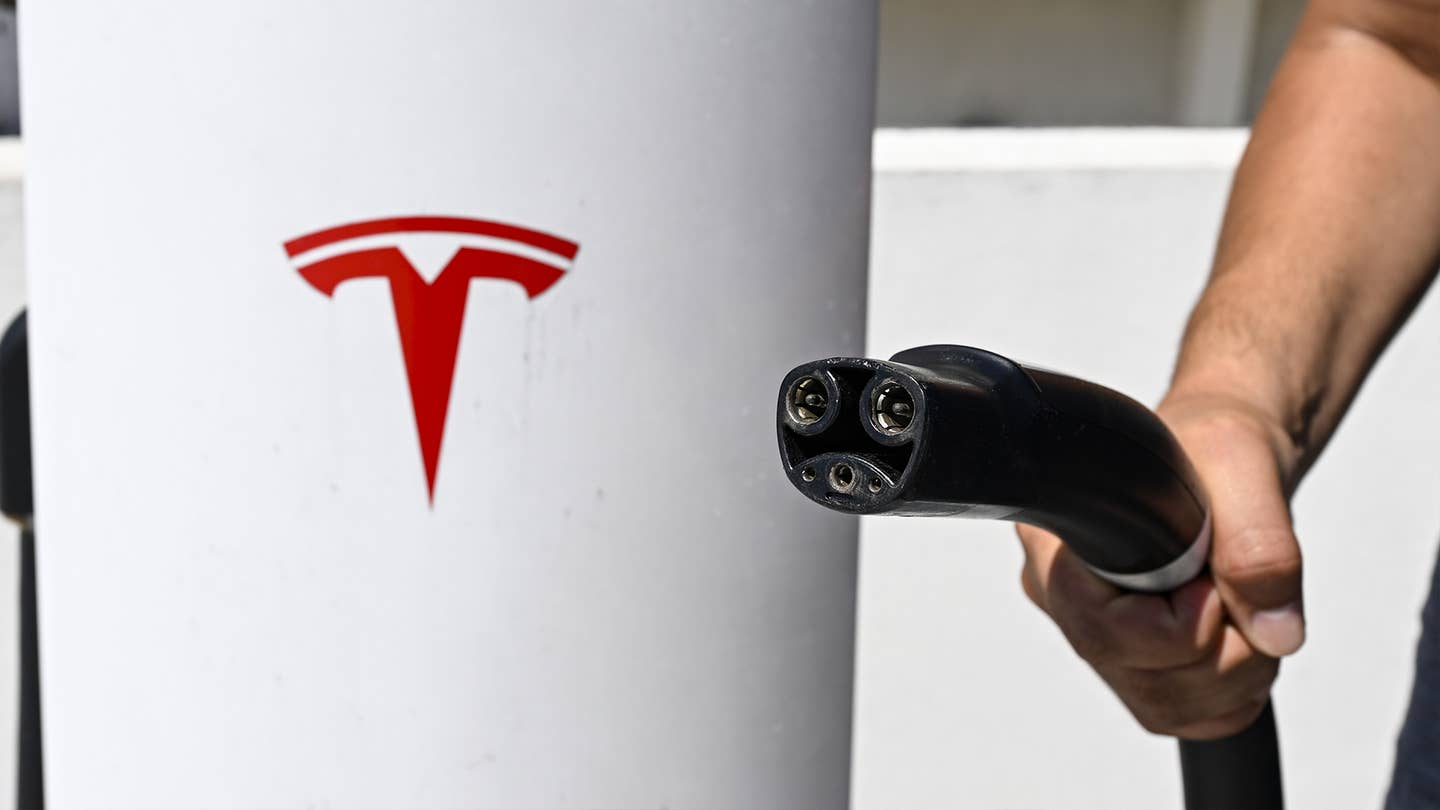Tesla has decided to make a bold move, which might significantly impact the North American EV charging market. The company announced that its in-house developed charging connector will be available for the industry as a public standard.
The company explains: “In pursuit of our mission to accelerate the world’s transition to sustainable energy, today we are opening our EV connector design to the world.”
Over the past 10+ years, Tesla’s proprietary charging system was used exclusively in Tesla cars (Model S, Model X, Model 3, and finally in the Model Y) for both AC (single phase) and DC charging (at up to 250 kW in the case of V3 Superchargers).
Tesla noted that since 2012, its charging connectors successfully charged Tesla vehicles for some 20 billion miles, becoming “the most proven” system in North America. Not only that, the company says that it’s the most common charging solution in North America, where Tesla vehicles outnumber CCS two-to-one and Tesla Supercharging network “has 60% more NACS posts than all the CCS-equipped networks combined”.
Together with the opening of the standard, Tesla announced also its name: North American Charging Standard (NACS), underlying the company’s ambition to make the NACS an ultimate charging connector in North America.
Tesla invites all charging network operators and vehicle manufacturers to put the Tesla charging connector and charge port, on their equipment and vehicles.
According to the press release, some network operators already have “plans in motion to incorporate NACS at their chargers”, but none was mentioned yet. In the case of EV manufacturers, there is no info, although Aptera wrote “Today is a great day for universal EV adoption. We look forward to adopting Tesla’s superior connector in our solar EVs.”
Well, the Tesla’s move potentially might turn the entire EV charging market upside down, because the NACS is intended as a sole, ultimate AC and DC charging solution in North America, which would mean the retirement of all other standards – SAE J1772 (AC) and its extended version for DC charging: SAE J1772 Combo / aka Combined Charging System (CCS1). The CHAdeMO (DC) standard is already fading away as there are no new EVs with this solution.
It’s too early to say whether other manufacturers will switch from CCS1 to NACS, but even if they will, there will be a long transition period (most likely 10+ years) with dual head chargers (CCS1 and NACS), because existing EV fleet must be still supported.
Tesla argues that the North American Charging Standard is capable of charging at up to 1 MW (1,000 kW) DC (about twice more than CCS1), as well as AC charging in one slim package (half the size of CCS1), without moving parts on the plug side.
Tesla ensures also that the NACS is future-proof with two configurations – the base one for 500V, and the 1,000V version, which is mechanically backward compatible – “(i.e. 500V inlets can mate with 1,000V connectors and 500V connectors can mate with 1,000V inlets).”.
In terms of power, Tesla already achieved over 900A current (continuously), which would prove the 1 MW power level (assuming 1,000V): “Tesla has successfully operated the North American Charging Standard above 900A continuously with a non-liquid cooled vehicle inlet.”
All interested in the technical details of the NACS can find details of the standard available for download.
An important question is what motivates Tesla to open the standard right now – 10 years after it was introduced? Is it just its mission “to accelerate the world’s transition to sustainable energy”? Well, outside North America (with some exceptions) the company is already using a different charging standard (CCS2 or also the Chinese GB). In North America, all other electric car manufacturers adopted CCS1, which would leave the standard exclusive to Tesla. It might be simply high time to make a move one way or another to standardize the charging of EVs, especially since Tesla would like to open its Supercharging network to non-Tesla EVs.
Post time: Nov-10-2023

 Portable EV Charger
Portable EV Charger Home EV Wallbox
Home EV Wallbox DC Charger Station
DC Charger Station EV Charging Module
EV Charging Module NACS&CCS1&CCS2
NACS&CCS1&CCS2 EV Accessories
EV Accessories

